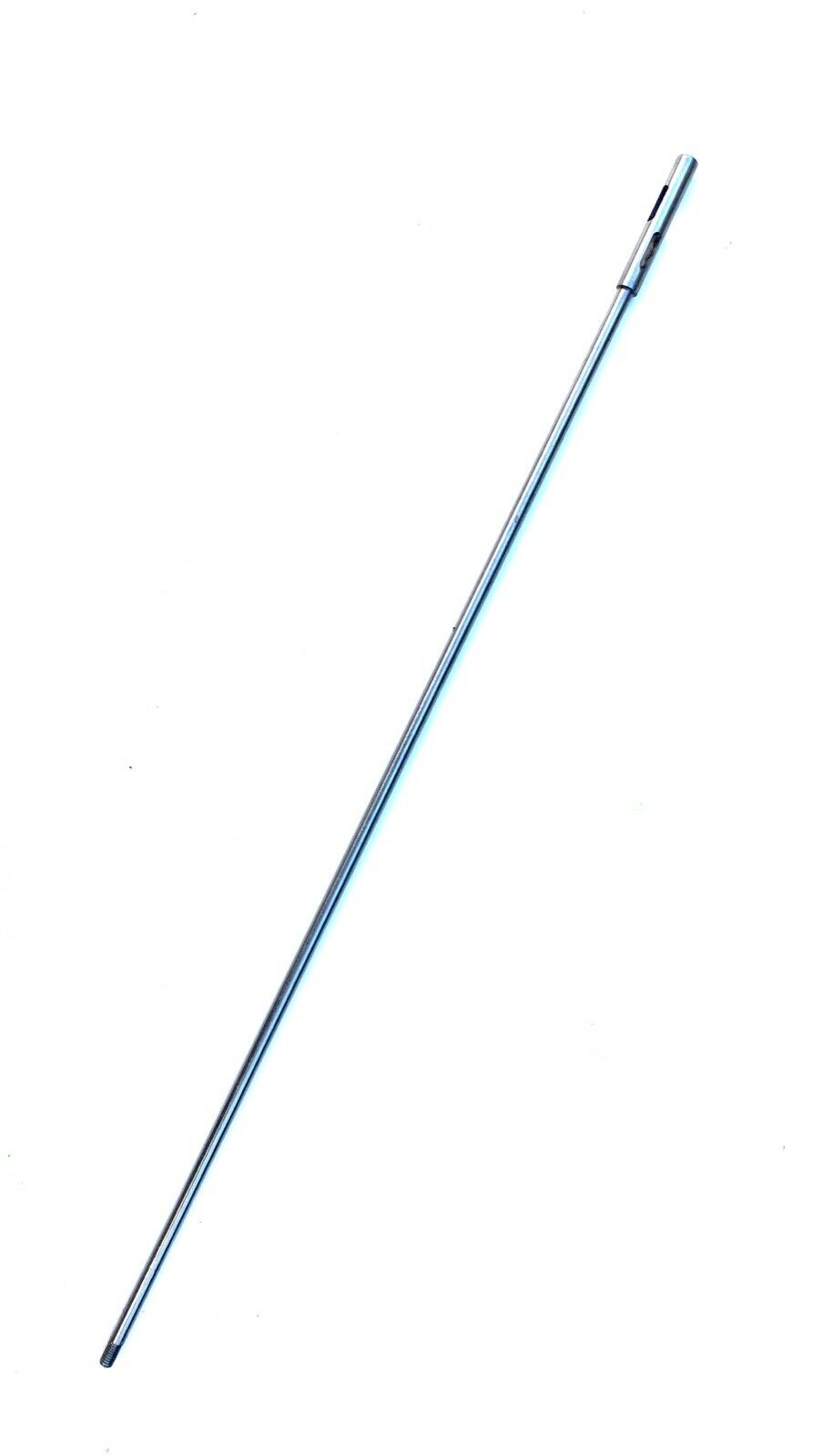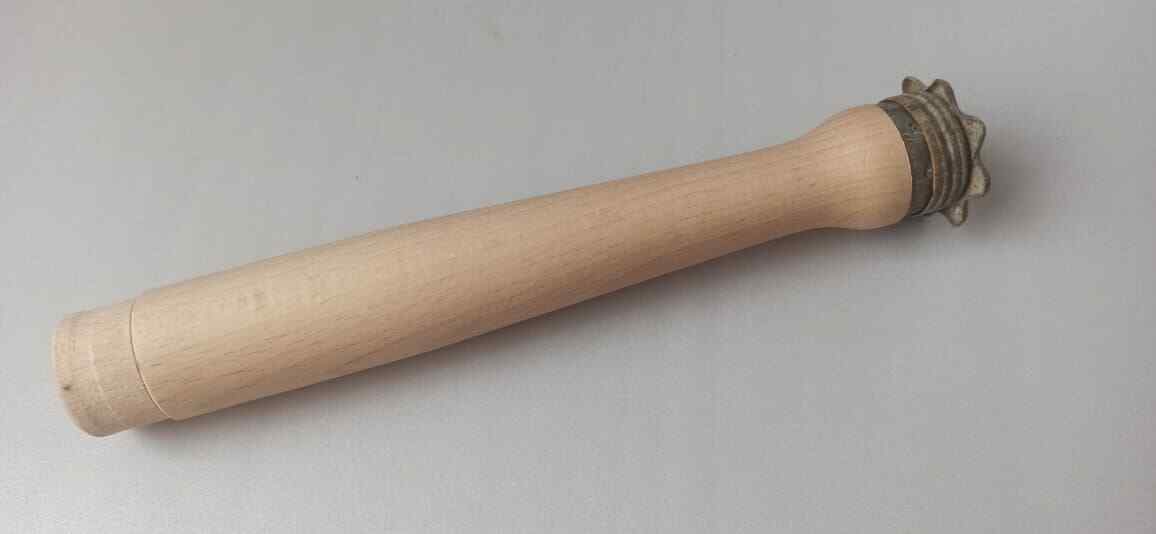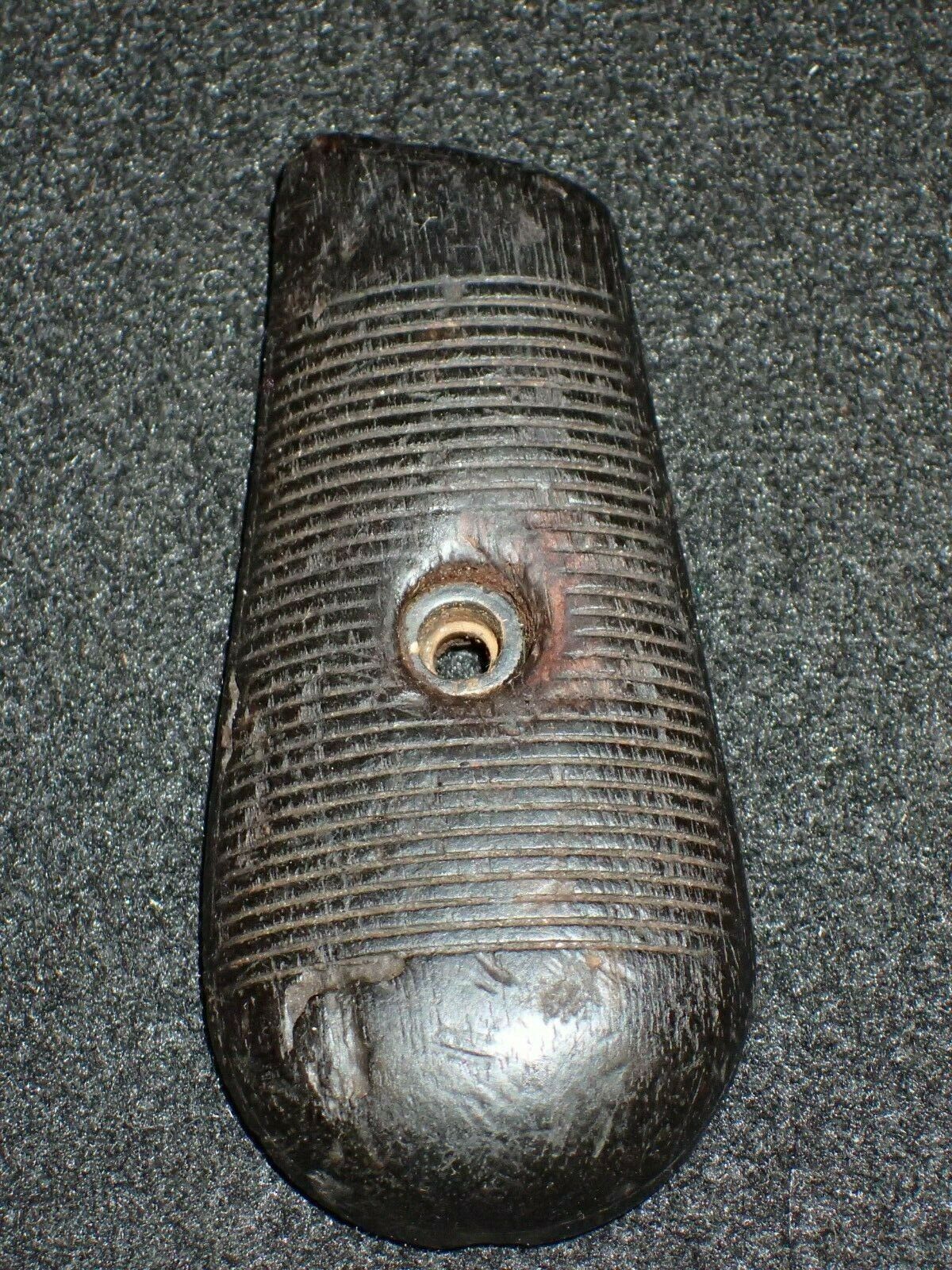-40%
WWI Battle of St. Mihiel Rare German Trench Art Shell
$ 121.44
- Description
- Size Guide
Description
Measures: 9 inches
Inscriptions
: ‘St. Mihiel’
Comes with C.O.A.
History of Trench Art:
During leisure hours at the front, skilled soldiers created trench art from the remnants of war. Many of these remnant of war were done with their own equipment and leftover items, but also by items captured and left by enemy soldiers. Trench art objects are holders of soldiers’ memories and reminders of the conflict they faced. Made out of recycled war refuse they open a window to the past. They tell us things like where soldiers went and what their surroundings were like. They also give hints about soldiers’ thoughts and actions. Something as simple and functional as a matchbox cover can provide a map of a soldier’s movements while other, more decorative examples, show a desire to find and create beauty, to camouflage war in art. Trench art can be made of any number of things. Many objects were made out of the scraps created by war.
Battle of St. Mihiel:
Battle of Saint-Mihiel, (12–16 September 1918), Allied victory and the first U.S.-led offensive in World War I. The Allied attack against the Saint-Mihiel salient provided the Americans with an opportunity to use their forces on the Western Front en masse. Although lacking some of the tactical skills of the French and British, the U.S. First Army carried the day through sheer determination and its multifaceted plan of attack. The battle was also noteworthy as the first major use in the war of the U.S. Army Air Service (precursor to the U.S. Air Force) led by William "Billy" Mitchell and the aggressive tank assaults by George Patton, who boldly led his charges from the front lines and not from the rear as many other officers did during the war. As the Germans were withdrawing, the Allies attacked. With much of their artillery not in place, the Germans were poorly prepared to maintain the front line, an advantage that the attacking Americans were quick to exploit. The relative ease of the initial American attack came as a surprise to Pershing, and he sent orders to his commanders to speed up their advance. By the 13th September lead units of the U.S. First Army had met up with Allied troops advancing from the west. Three days later, the offensive was halted, with the salient in Allied hands. Pershing now dispatched his forces westward to take part in the forthcoming Meuse-Argonne offensive.
















